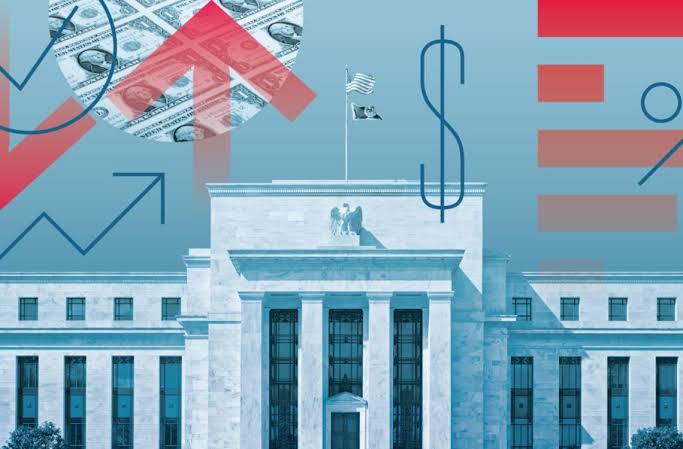The Consumer Price Index (CPI) for March increased more than expected, which raised doubts about the likelihood of a rate decrease by the Federal Reserve this summer. This is just another example of how inflation data has disappointed.March’s CPI increased by 0.4% compared to February’s 0.4% and the 0.3% forecast.The CPI increased 3.5% year over year in February, compared with a projected 3.4% increase.
Instead of rising by the 0.3% expected and 0.4% the previous month, the core CPI—which does not include food and energy costs—rose by 0.4% in March.The core CPI increased 3.8% year over year in February, exceeding the 3.7% forecast.
Within minutes of the publication, the price of bitcoin (BTC) dropped by almost 1% to $68,200.The S&P 500 and Nasdaq 100 futures are both down roughly 1.5%, indicating that traditional markets are also having trouble with the statistics.The dollar index has dropped by a significant 0.5%, and the yield on the 10-year U.S. Treasury has increased by 13 basis points to 4.50%.Gold is down 0.5% to $2,352 per ounce. Gold has been setting new records almost every day as of late.
One of the bullish triggers for bitcoin in 2024 was anticipated to be a looser U.S. monetary policy, in addition to the halving and spot ETFs.Although the markets entered the year having priced in roughly five or six rate cuts from the Federal Reserve in 2024, inflation, which declined gradually for the majority of 2022 and 2023, hasn’t cooperated.In fact, during the first quarter, it increased somewhat and is still much more than the 2% target set by the US central bank.
Numerous Fed members have stated unequivocally that they are unwilling to start relaxing monetary policy unless they observe a consistent lower trend in inflation—that is, more than just one monthly report.According to the CME FedWatch Tool, traders had priced in just two or three rate cuts for the entire year before this morning’s news, with the first move coming in June or July. In the meantime, traders have rapidly reduced their expectations of rate reduction.The algorithm now indicates that September is the most likely month for an initial rate drop in light of the updated inflation statistics.


